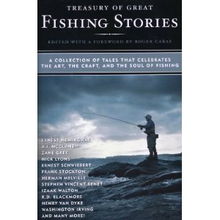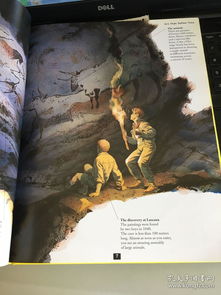Content:
Introduction: Sea fishing, with its vast and unpredictable oceanic playground, can be both exhilarating and challenging. Many beginners often find themselves wondering how to fish successfully without any special techniques. Fear not, for this article is here to guide you through the basics of sea fishing, even if you're starting from scratch. Here's how you can enjoy the thrill of catching fish without needing to be a seasoned pro.
Choose the Right Equipment: Before you step onto the boat or the shore, it's essential to have the right gear. Here's a basic checklist:
a. Rod and Reel: Select a rod and reel that match the type of fish you're targeting. A lightweight spinning rod and reel are great for beginners.
b. Line: Use a monofilament line for general sea fishing, as it's durable and floats well.
c. Hooks: Choose hooks that are appropriate for the size of the bait and the fish you're aiming to catch.
d. Bait: Depending on the fish you're after, you might use live bait, dead bait, or artificial lures.
e. Sinkers and Swivels: These will help you control the depth of your bait and prevent tangles.
Learn the Basics of Casting: Casting is the act of throwing your lure or bait into the water. Here's a simple casting technique for beginners:
a. Hold the rod with a comfortable grip, with your thumb and index finger on the reel handle.
b. Position the rod tip at a 45-degree angle to the water.
c. Wind the line around the spool until you have enough line to reach your desired casting distance.
d. Point the rod tip towards your target and let the line unwind smoothly.
e. As the line nears the water, lift the rod tip slightly to help the lure land softly.
Find the Right Spot: Fish tend to congregate in areas with certain characteristics. Here are some tips to help you find a good spot:
a. Look for structure: Rocks, reefs, and jetties are popular fishing spots as they provide shelter and cover for fish.
b. Observe the currents: Fish often hang out in areas where currents converge or diverge, as these areas can concentrate food.
c. Check the weather: Fish are more active on calm days with mild temperatures.
d. Ask locals: If you're new to the area, ask local anglers for their favorite spots.
Patience is Key: Sea fishing requires patience. Fish might not bite immediately, so it's crucial to stay calm and give your bait time to work. Here are some tips to help you stay patient:
a. Adjust your bait presentation: If you're not getting bites, try changing your bait's color, size, or action.
b. Move to different spots: If one area isn't producing, try another location.
c. Take breaks: Fishing can be mentally and physically demanding. Take breaks to rest and refresh your mind.
Learn to Read the Water: Understanding the water conditions can greatly improve your chances of catching fish. Here are some key water conditions to consider:
a. Tides: Fish often feed during low tide, as it exposes more food sources. However, this can vary depending on the species.
b. Currents: Strong currents can make it difficult for fish to feed, so look for areas with slower currents.
c. Weather: Fish may be more active on overcast days, as they are less likely to be spotted by predators.
Be Prepared for the Unexpected: Sea fishing is unpredictable, and you should always be prepared for the unexpected. Here are some tips:
a. Bring extra tackle: You never know when you'll need an extra hook or sinker.

b. Keep a first aid kit: You never know when you might need it, especially if you're out on a boat.
c. Have a backup plan: If the weather turns bad or you're not having luck, have a plan to head back to shore.
Conclusion: Sea fishing can be a rewarding and enjoyable hobby, even for beginners with no special techniques. By choosing the right equipment, learning the basics of casting, finding the right spot, staying patient, reading the water, and being prepared for the unexpected, you'll be well on your way to becoming a successful angler. So, grab your gear, head to the shore or the boat, and start enjoying the great outdoors. Happy fishing!












